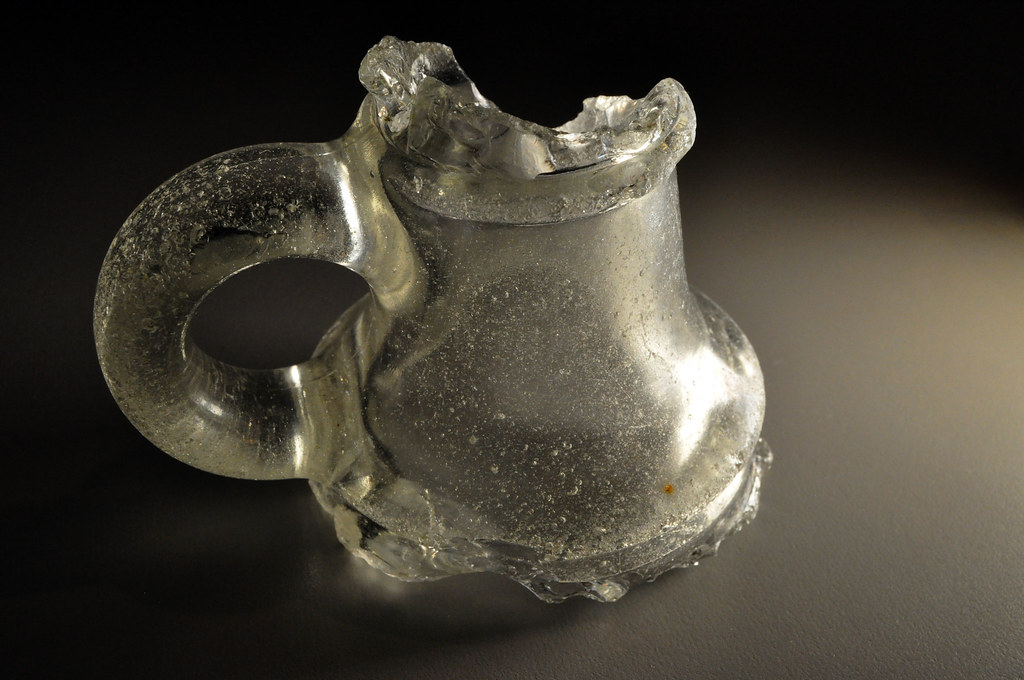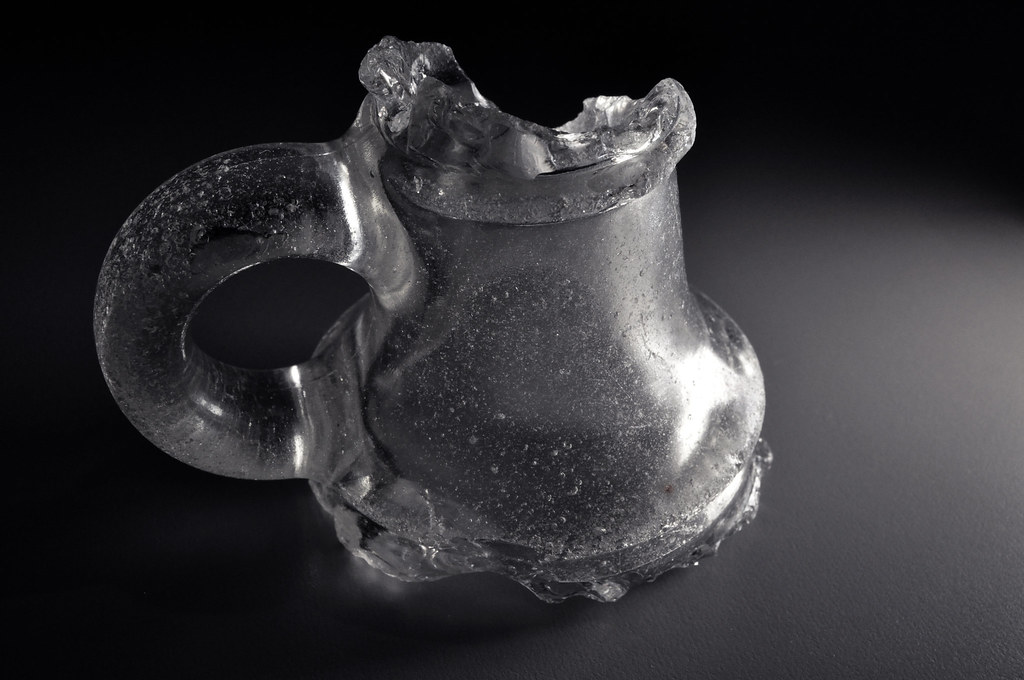Behind the Indiana Military Museum in Vincennes, Indiana, visitors can walk through a replica of the fighting trenches of Europe used extensively during WWI. To spice things up, my favorite Great War soldier was added to the October 2017 image to stand guard once again. Had this been an actual photo of a soldier in the trenches of France, his cap would have been replaced by a regulation steel helmet. This soldier served in the AEF's 87th Division, 345th Infantry for the Service of Supply (SOS) unit. His primary duty was to guard German POWs as he was able to speak and understand the language.
Sunday, December 10, 2017
Friday, December 8, 2017
USS Iowa BB-4 Part of Stereo Card...and History
Before the WWII battleship (now a museum) of the same name, the USS Iowa name was first bestowed to a new class of war fighting ships over 120 years ago. This photo was processed from a stereo card that yellowed through the years. I processed the scan and improved the overall condition of the image.
The Iowa was commissioned in 1896 and saw active duty off of Cuba during the Spanish American War including the battle of Santiago Harbor. It was the first US Navy ship to be named Iowa. Following de-commissioning in 1919, the ship finally served as a target platform off Panama Bay in 1923 and was sunk. The Universal Photo Art Company produced the original stereo card.
Labels:
battleship,
bb-4,
Cuba,
history,
Spanish American War,
USS Iowa,
war
Thursday, December 7, 2017
Locomotive 3006's Wanderlust Days Gone Since 1960
For 57 years (on December 18th) Burlington Northern's locomotive 3006 has sat idle at the Galesburg, Illinois depot. After completing 2.3 million miles of travel in its 30 year active lifetime, the 225 ton steam engine serves as the lead attraction at the train museum. With a little luck perhaps its steam boiler could roar back to service again and invoke wanderlust for me.
Sunday, December 3, 2017
Glass Study from Creek Bed Artifact to Light Play Artwork
Yesterday while searching for arrowheads at nearby Indian Creek in southeast Cedar Rapids, I found this item sticking out of the creek bed. It is a jug top consisting of thick, pressed, clear glass which has been pitted and worn smooth from the abrasive environment. My glass expert tells me that the top is probably around 100 years old or so based on the non-screw top. While the glass appears to have bubbles internally it is actually pitted from exposure to water, wind, temperature, and mostly, sand abrasion.
I cleaned the glass and set it up in my makeshift studio for close-up work. I selected the top photo for my Instagram account and posted last night.
This morning I took another post production look at the glass top and decided to eliminate the golden color that originally illuminated the century old artifact. Out with the yellow and in with the blue. I was tempted to remove the rusty pit on both images but decided to let it show the wear from decades of exposure. If you like one image over the other let me know with a comment.
Labels:
art,
artifact,
Cedar Rapids,
century,
glass,
glass bottles,
Indian Creek,
jug,
studio art
Subscribe to:
Posts (Atom)





